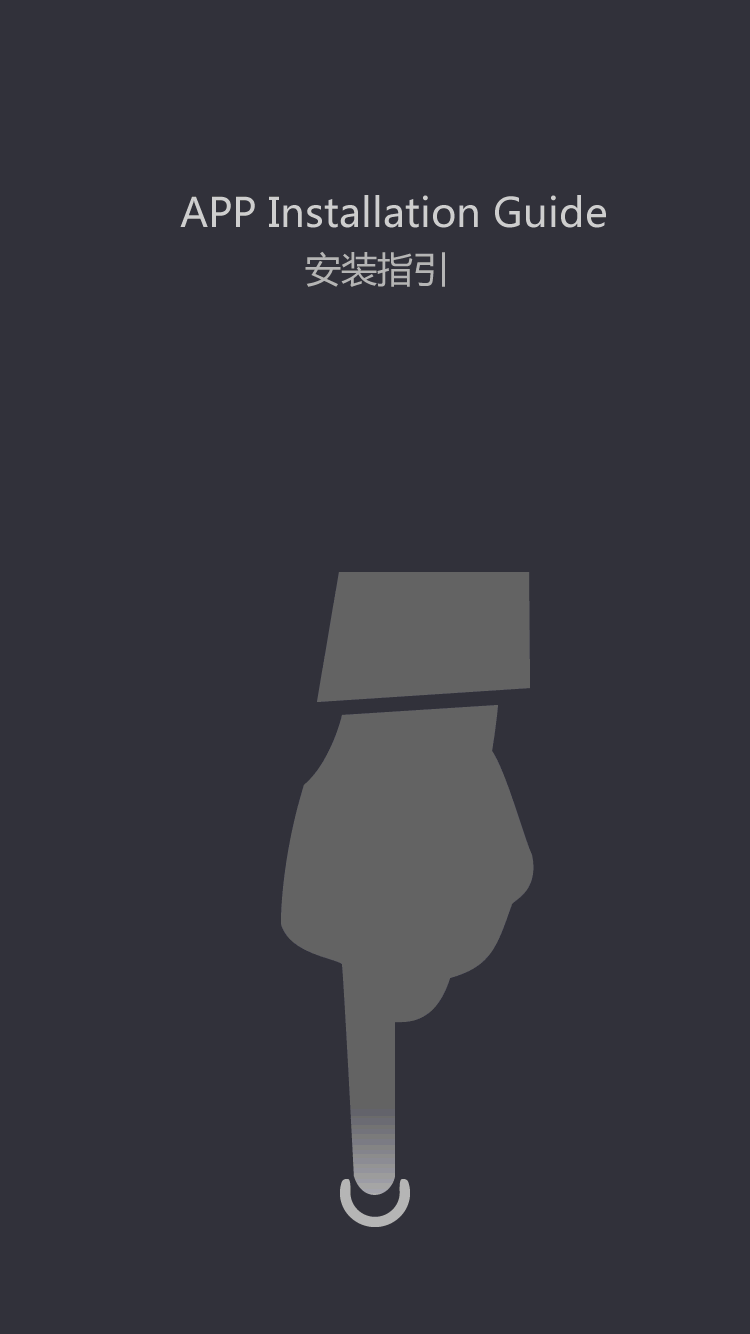A análise de vários tipo de interface _ problemas com o equipamento de impressão de impressora de código de barras
interface type is refers to the bar code printer and the computer interface type, through the index also can indirectly reflect the speed of bar code printer output speed. Bar code printer products on the market at present the main interface types including common parallel interface and USB interface. Rely on its support hot-swappable USB interface and output characteristics of fast speed, the rapid rise in the bar code printer interface type, so the market at present the mainstream of bar code printers, some models are both parallel and USB two kinds of printing.
1, parallel interface, parallel interface and parallel port for short, is a kind of enhanced two-way parallel transmission interface. The advantage is no need to use other card in PC, unlimited number of connection ( As long as you have enough port) , equipment installation and easy use, high transmission speed of 1. 5Mbps。 At present, the parallel interface of computer as a main bar code printer port, 36 needle joint interface is no longer used but the 25 needles D shape joint. Parallel, refers to the 8 bits of data transmission through the parallel lines at the same time, this data transfer speed is greatly increased, but the parallel transmission line length is limited, because the length increases, the interference will increase, easy to get wrong. 2, the USB interface of USB is the full name of the Universal Serial Bus, USB support hot plug, plug and play advantage, so the USB interface has become the main way of interface MP3. USB has two specification, namely USB1. 1 and USB2. 0.
USB1。 1 is the common USB specification, its means of high-speed transmission rate of 12 megabits per second, low-speed mode transfer rate of 1. 5Mbps( B is a Bit ') 1 mb /秒( Megabytes per second) 8MBPS =( One million m bit/SEC) ,12Mbps=1. 5MB / s。 At present, most of the MP3 for this kind of interface type.
USB2。 0 specification is from USB1. 1 specification has evolved. Its transmission rate up to 480 MBPS, converted into MB for 60 MB/s, enough to satisfy most peripheral speed requirements. USB 2。 The enhanced host controller interface (0 EHCI) Defines a USB 1. 1 compatible architecture. It can use the USB 2. Drivers drive USB 1 0. 1 device. In other words, all support the USB 1. 1 devices can be directly in the USB 2. 0 interface used on and don't have to worry about compatibility issues, but also like a USB cable, plug and so on the attachment can be used directly.
use USB changes in the application of the bar code printer is speed greatly ascend, USB interface provides 12 MBPS connection speed, compared with the parallel port reached more than 10 times faster, at this speed under print file transfer time is greatly reduced. USB 2。 0 standard further to increase the interface speed to 480 MBPS, is ordinary USB speed of 20 times, more drastically reduces the print file transfer time. 3, serial ports, serial ports is called a serial interface, the PC now generally has two serial port COM1 or COM2. Serial port is different from the parallel port in its data and control information is sent one by one,. Though this speed will be slower, but longer transmission distance is parallel port, so if you want to for a long distance communication, serial port should be used. COM usually use 9-pin 1 D coupling, also called RS - 232 interface, and some use COM 2 is old-fashioned DB25 pin connector, also known as RS - 422 interface, this interface is now rarely used.
the above is the bar code printer interface type is introduced, the customer when buying barcode printers, please choose according to need to correct need bar code printer interface type.
 English
English  pусский
pусский  العربية
العربية  Français
Français  Español
Español  (+86)-0756-3932978
(+86)-0756-3932978





























































































